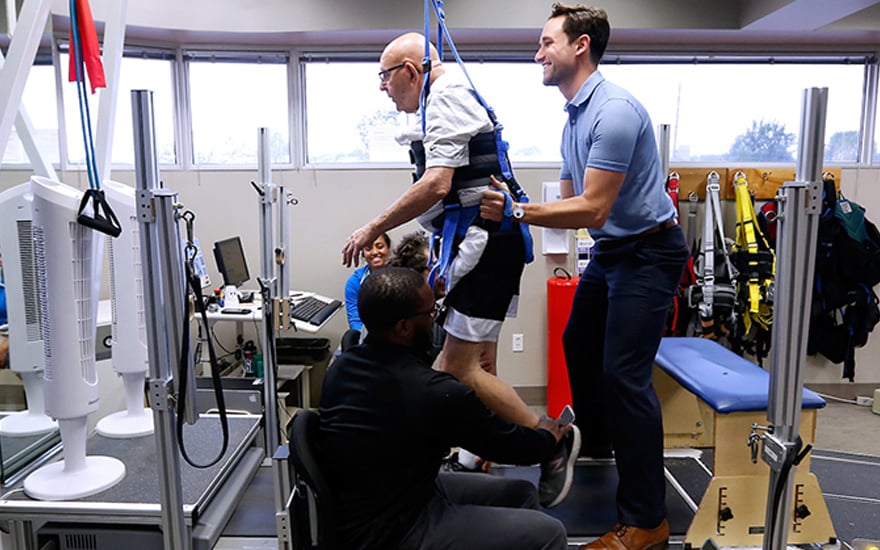Restoring Durability and Functionality Via Strength Training Following an Injury
Wiki Article
Rebuilding strength and capability after an accident is an important process that many people face. Accidents can occur in multiple ways, such as athletic accidents, falls, or even repetitive strain from daily activities. When someone is hurt, it can lead to physical limitations, psychological challenges, and a decrease in overall quality of life. Resistance training is a valuable tool that can help individuals recover from injuries by enhancing muscle strength, enhancing mobility, and restoring confidence. This article will explore how resistance training can aid in the recovery journey and promote long-term health.
Resistance training involves exercises that improve muscle power and endurance. After an injury, it is crucial to start with a recovery program that is customized to the person's specific needs. A rehabilitation therapist or a qualified trainer can design a program that centers on the affected area while ensuring that the rest of the body remains active. This approach helps to prevent muscle wasting, which is the deterioration of muscles due to inactivity. By slowly increasing the difficulty and complexity of the exercises, people can restore their power and regain functionality in a safe manner.
One of the main advantages of strength training after an injury is the improvement in joint support. Many injuries can lead to weakened muscles around the joints, making them more susceptible to further injury. Strengthening these muscles helps to support the joints, lowering the risk of re-injury. Additionally, stronger muscles can improve balance and coordination, which are essential for everyday activities. As individuals progress in their strength training, they often find that they can perform tasks Website that were once difficult or impossible, leading to a greater sense of self-sufficiency.
Another important aspect of resistance training is its positive impact on mental health. Healing from an accident can be a challenging and psychologically difficult experience. Engaging in strength training can offer a sense of achievement and boost self-esteem. As individuals see gains in their bodily abilities, they may also feel a reduction in anxiety and depression. The release of endorphins during exercise can improve mood and foster a more optimistic outlook on rehabilitation. This psychological resilience is just as vital as bodily recovery, as it motivates people to remain dedicated to their recovery goals.
In summary, strength training plays a vital role in restoring strength and capability after an accident. By focusing on muscle strength, joint stability, and psychological well-being, people can effectively manage the recovery journey. It is essential to approach strength training with a systematic plan that takes into account the specific requirements of the affected area while promoting overall fitness. With commitment and the appropriate support, people can regain their strength, improve their quality of life, and go back to the pursuits they love.
